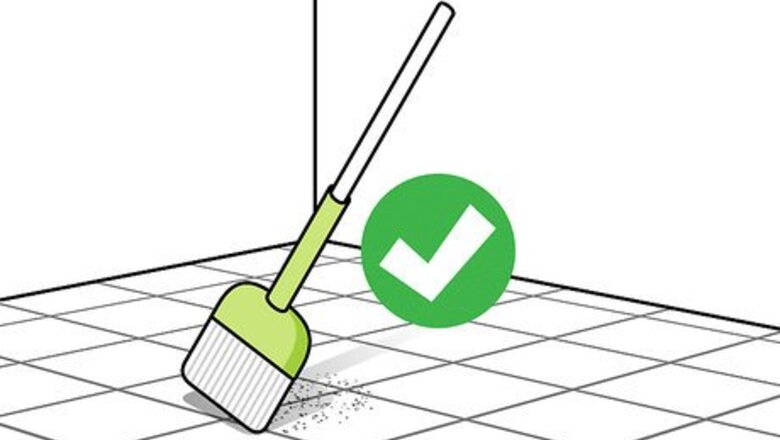
views
Doing Routine Maintenance
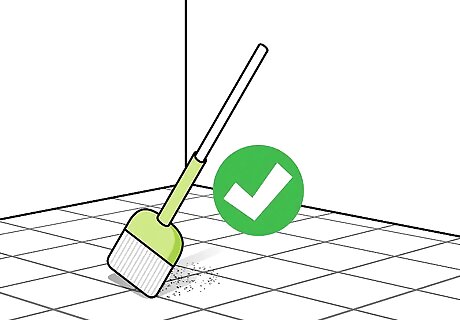
Sweep with a soft broom every day. Dirt and crumbs can build up and potentially scratch your tile, so make sure you sweep it up every day. Use a soft bristle broom and a dustpan with a rubber edge.
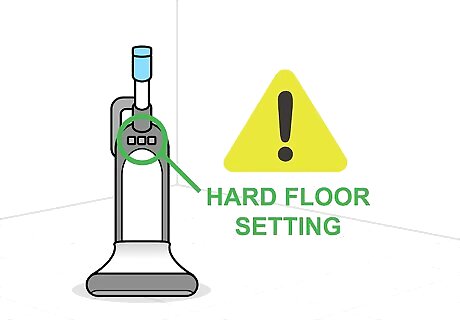
Make sure your vacuum has a hard floor setting. If you want to use your vacuum on your stone tile floors, make sure it has a hard floor setting. Look under your vacuum to be sure it doesn’t have rotating brush heads either. Don’t scratch your stone tile floors!
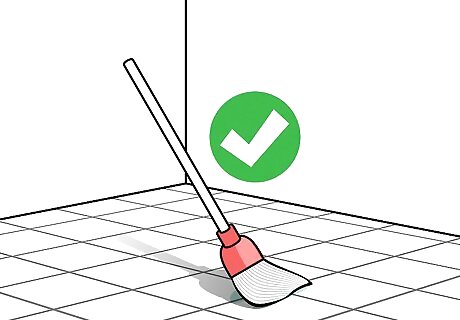
Mop with a soft sponge or mophead weekly. Keep grime at bay by mopping stone tile floors weekly. Use a soft mop head or sponge and don’t drench the floors with water. Dampen a mop with the cleaning solution and wash dirt away. Use diluted general floor cleaner on harder stone floors, such as granite and slate. Use stone cleaner on softer stone, such as marble and limestone.
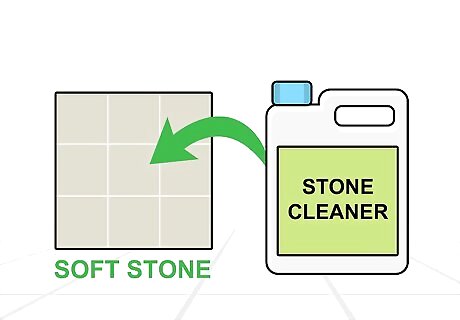
Use a stone cleaner on soft stone. Marble and limestone can scratch easily, so make sure you mop them weekly with a stone tile cleaner. Strong cleaner will damage the surface of soft stone. Purchase a specially formulated stone tile cleaner at your local home store, or ask your tile dealer for a good recommendation.
Cleaning Grout
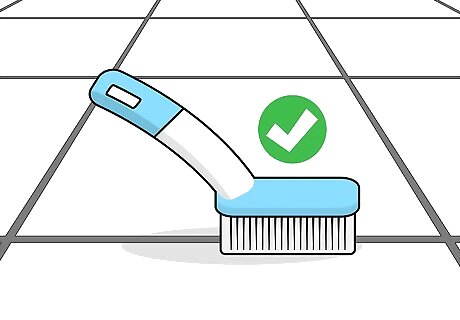
Scrub grout with a soft brush. Use a soft scrub brush to get to spaces between tiles. Use a stone cleaner on soft stone and try an all-purpose cleaner on granite and slate. Dip a small to medium-sized brush in your cleaner of choice and scrub grout vigorously. Wipe cleaner off with a water-dampened sponge.
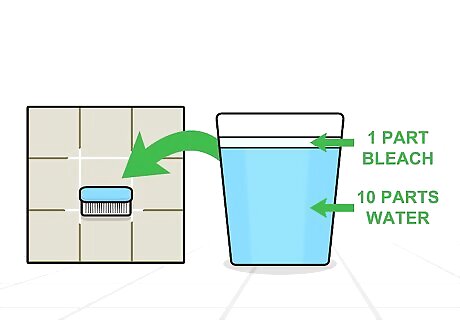
Use 1 part bleach to 10 parts water on white grout. Whiten discolored white grout by mixing a solution of 1 part bleach to 10 parts water. Scrub grout with the solution and thoroughly wipe all bleach off with a water dampened sponge. Dry the area completely by wiping with a clean cloth and directing a fan on it.
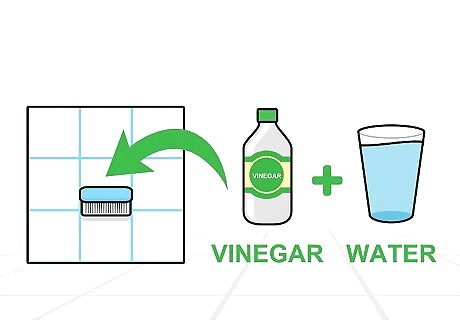
Disinfect colored grout with a vinegar and water solution. Mix a cleaning solution of one part water to one part white vinegar to clean colored grout. Dip a scrub brush in the cleaner, scrub for about 30 seconds and rinse all vinegar off your stone with a water dampened sponge. Repeat with vinegar solution and water, until your grout is clean as a whistle. Dry the area with a clean, soft cloth.
Removing Stains
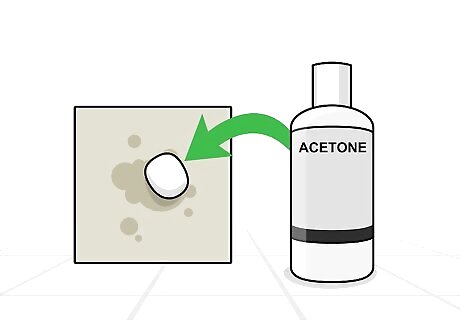
Dissolve oil stains with acetone. Cooking grease, milk spills and makeup splatters don’t stand a chance against acetone. Dip a cotton ball in a small amount of acetone and lightly dab any oil-based stains. Immediately flush the area with water from a dampened sponge.
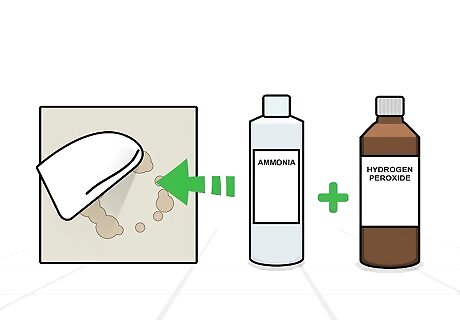
Clean water-based stains with hydrogen peroxide and ammonia. Get rid of stubborn stains from coffee, tea or pet urine with hydrogen peroxide and ammonia. Rub a small amount of 12% hydrogen peroxide and a drop of ammonia on stains with a soft cloth or sponge. Rinse the area immediately with a water dampened sponge.
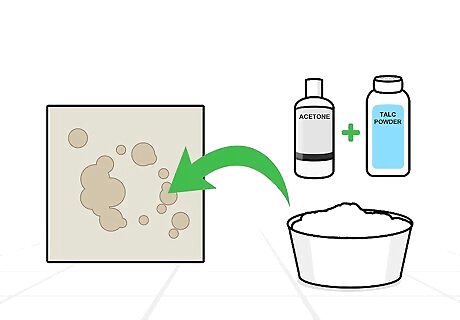
Use a poultice on resistant stains. Stains that do not want to disappear with regular cleaning and stain removal techniques require the use of a poultice. Make a paste out of cleaner and a powder, like talc, powdered chalk or dry kaolin clay. Spread the mixture over stains a ⁄4 to ⁄2 inch (0.64 to 1.27 cm) thick, cover with plastic wrap, and let it sit for 24 to 48 hours. Mix a ⁄2 cup (120 mL) baking soda with 1 tablespoon (15 mL) water for oil stains. Mix a ⁄2 cup (120 mL) talc with 1 tablespoon (15 mL) acetone for water-based stains.











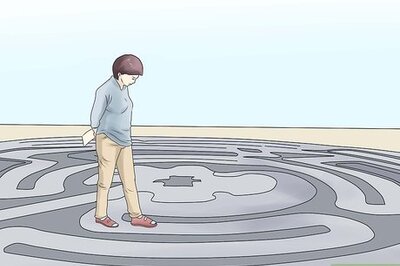





Comments
0 comment